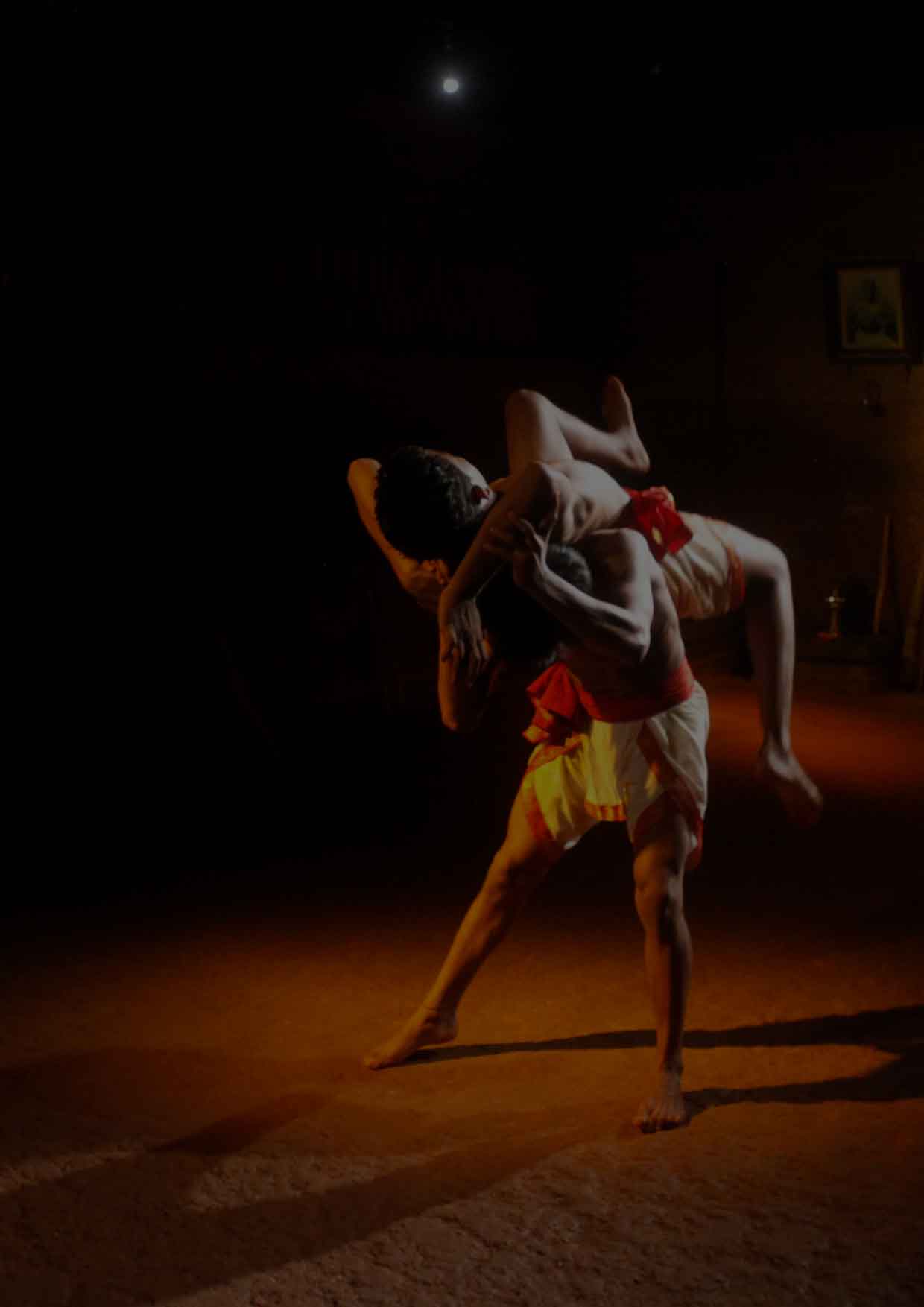Ayurveda is the oriental medical system envisaging the every living organism as a whole in its healthy and unhealthy status. It is the oldest medical system known to the mankind. The term Ayurveda is translated as the “Science of Life;” Ayus = Life, and Veda = knowledge/science. In the classical texts it is said that Ayurveda is a scientific resource, where you can find the methods and ways related to Hitayu (The advantageous form of life), Ahita ayu (Disadvantageous life circumstances) Sukhayu (Happy status of body, mind and spirit), Ahitayu (Diseased states of Body mind and soul), with a profound explanation made in relation to the dos and don’ts for a healthy life with measurement principles. The term “Ayu” which means “the life” is understood in Ayurveda as a functional unity of components such as Sarira (Body), Indriya (Sensory faculties), Satva (Mind) Atma (Spirit). The physical, mental and spiritual dimensions of a living organism is considered important in the ayurvedic medical system.
The scientific system of Ayurveda is applicable for all living organisms existing on the Earth. Vrukshayurveda is a specialty ayurvedic divion dealing with the plant science. Mrugayurveda constitutes the division responsible for various aspects of the animal health. Theories and principles of Ayurveda can be adapted for all species of living organisms on the Earth.

The whole system of Ayurveda is classified into two divisions in general. These are Swastha vrutham (ways and rules for a healthy life) and Athura vrutham (ways and rules for a disease management). The former division is chiefly described by two topics which are Dina charya (daily routines) and Rtu Charya (seasonal routines). The later division Athura vrutham is explained through eight specialty divisions which are collectively known as Ashtanga Ayurveda. The eight divisions are Kaya chikitsa (general medicine), Graha chikitsa (spiritual medicine), Urdhwanga chikitsa (head and neck disease management), Shalya chikitsa (Surgery), Bala Chikitsa (Paediatrics), Damshtra chikitsa (Toxicology), Jara Chikitsa (Geriatrics).
The theory of Tridosha is considered the basis for understanding life in Ayurveda. Tridoshas are three functional units of a living organism which are Vatha, Pitha and Kapha. These are functional units responsible for the wellness as well as reasons for any illness. The harmonial function of Tridosha is experienced by the wellness state while the disharmony results in illness. The structural units are explained as panchamahabhuta which are Akasha (ether), vayu (air), jala (water), tejas (Fire), and Prthvi (earth). The structural units of each living organism is further explained and characterized in the theory of Dhatu. The explanation shows the variety of dhatu in its seven forms, which are Rasa, Rakta, mamsa, Meda, Asthi, Majja, and Shukra.

Agni literally means the Fire which in Ayurveda, denotes the digestive metabolism of a living organism. It plays a significant role to maintain body homeostasis, body functioning, metabolism of a body and its proper functioning. It is technically explained as Jataragni. Jataragni is the metabolic mechanism promoted variably by Tridosha which helps a living body to convert the ingested food into tissue through the nutritional fragmentation. The qualitative and quantitative regularity of Jatharagni is very essential to maintain the wellness status of a living body. Imbalance in the physiology of Agni is the main reason for the formation of Ama (Toxins) which is considered to be the main cause of many diseases. Ayurveda extensively explains the dietetic and lifestyle regimes to establish and maintain Jataragni in a living body to pursue a healthy and happy life.
The central tenet of the theory of Ayurveda is to understand the functional characteristics of Tridosha in its various dimensions. Illness results from imbalance of ‘Tridosha’, whereas wellness is the outcome of the proper balance of Tridosha. Identification of the Dosha/Doshas, which has gone out of balance in a disease, plays an important role while diagnosing various ailments in a living organism. Other factors such as ‘Prakruti’ (person’s physical and mental constitution), age, occupation, season, region where the patient lives, etc.) are important both in the disease manifestation as well as by its diagnosis. Clinical symptoms can thus be directly linked to the functional characteristics of Dosha/Doshas, which has gone out of balance, and directly related to know the causative factors (such as diet and lifestyle activities – physical and mental) responsible for this imbalance. Considering all the above described strategies, the physician makes his diagnosis and advises the remedial measures.
The disease is defined as the state in which both the body and the mind are subject to pain and misery. Classification of diseases according to the classical text Sushruta Samhita is as follows
1. Aadibalapravrutta (Hereditar )
2. Janmabalpravrutta (Congenital)
3. Doshbalpravrutt (Humeral disease)
4. Kalbalpravrutta (Ecological disease)
5. Daivbalpravrutta (Supernatural disease)
6. Svabhavbalapravrutta (Natural diseases)
7. Sanghatbalpravrutta (traumatic disease)
Ayurvedic literature presents extensive variations of disease manifestations and its curability features. Understanding the correct disease pathogenesis helps a physician to choose the proper treatment options.
Management of a disease in Ayurveda is explained by various terms. The treatment protocol of Ayurveda is chiefly classified into two variants which are Shamana Chikitsa (Passification treatment) and Shodhana Chikitsa (Purification treatment). The later is commonly known as the Panchakarma treatment. Treatment options include internal medicine, lifestyle modifications, dietary advises, internal medicine manual therapies, spiritual practices etc. The purpose of the therapies and advice is to establish the harmony of Tridosha and check the damage caused on the tissue level.
Kerala offers a lot of special treatments to satisfy the needs of patients and cure diseases which are commonly known as Keraleeya Panchakarma. They include various irrigation therapies and fomentation practices combined with various manual therapies and massage practices.
The Hindustan Kalari Sangam Ayurveda treatment and research center was founded during the year of 1950 by the late Guru Veera-sree Sami Gurukkal, the renowned Kalari exponent and an Ayurvedic physician of the century. This place is a specialty center for orthopedic and sports injury management which is commonly known as Kalari Marma chikitsa. More info.
The Panchakarma therapy program is a classical ayurvedic detoxification program essentially comprised of five distinctive therapies such as Vamana (Emesis), Virechana (Purgation), Vasthi (Enema), Nasya (Nasal medication Rraktha Moksha (Blood letting). The process is also supported by various subtherapies, and medication along with the principal therapies. At the Hindustan Kalari Sangam Ayurveda treatment center the Panchakarma therapy is practiced according to the authentic manner adhering to the classical ayurvedic philosophy and understanding.




 by Irizz Technology
by Irizz Technology